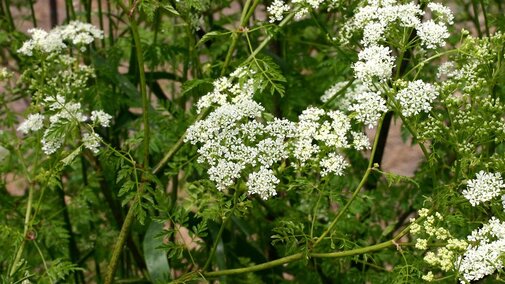Planning for Low Hay Stocks
With the lowest level of hay stocks since 1974 and continued drought in many parts of Nebraska, many producers have been planning for a potential continuation of low hay stocks and high prices.
According to USDA’s Ag Marketing Service (AMS) for Nebraska, when comparing the last week of January 2023 to 2022, there has been a decrease in the tons of hay stored by approximately 30%, and when comparing the last week of February 2023 to February 2022, there is a 77% decrease. With these low hay store numbers in mind, now is a good time to take inventory of your feed and hay resources and plan for next year’s needs.
This inventory and planning is important as the greatest expense producers face each year are feed costs. With that in mind, here are a few tips when planning for feed:
1. Determine on average how much hay you need per head.
2. Determine whether you are paying on a per ton or per bale basis.
3. Know the hay quality you are purchasing to spend your feeding dollars more effectively.
4. Plan an optimal ration in terms of cost. Tools like the UNL Feed Cost Cow-Q-Lator can help in determining this.
Checking prices and availability and creating a plan can a go a long way in reducing anxiety of what we will feed our cows this fall and winter.
Grazing Through the Shift
As we move through the month of June, grazers will notice big changes occurring in their pastures. How these shifts impact our grazing management as we continue through the summer depend largely on the forage species present. Are you prepared for the summer forage shift?
Cool-season species like bluegrass, brome and wheatgrasses are great at taking advantage of cooler and hopefully wetter conditions earlier in the spring but struggle to keep up in the heat. Right now, they are fully mature and declining in quality. Pastures with predominantly cool-season grasses may present a challenge nutritionally moving forward and if grazed short, will not produce much more forage unless there is significant rainfall or they are irrigated. This doesn’t mean we can’t use them, but animal condition may need to be monitored closely.
On the other hand, warm-season species like many of our native grasses (bluestems, switchgrass, sandreed) do well with high temperatures and limited moisture. Their growth is just beginning and offers a great complement to maturing cool-season pastures, providing higher quality new growth from vegetative plants. However, forage yield may be a bit limited until growth really kicks off.
While warm-season species are a great resource right now, we need to be careful in how we take advantage of the opportunity. Grazing warm-season species as they begin growth year after year puts stress on the plant. After a while, plant vigor decreases and we can lose productive species from our pasture mix. To prevent this, a grazing plan that rotates the timing of grazing from year to year can spread out stress and allow for recovery of pastures previously grazed.
Grazing during the shift from spring to summer can be tricky, but understanding the response plants have to the changing weather can help guide management. Maturing cool-season pastures may be lacking in quality, while new growth from warm-season plants can be limited in quantity. To prevent harming warm-season plants, rotate grazing at this critical time between pastures to spread out grazing stress and provide ample recovery.
Poisonous Pasture Plants
While poisonous plants are generally not as problematic in Nebraska compared to other western states, they can exact their toll on livestock enterprises, and many times the losses are unrecognized.
There are 17 species listed as primary toxic plants that can be found in Nebraska. Toxic plants contain or produce substances injurious or lethal to animals. The amount of plant material consumed by the grazing animal before death or poisoning symptoms appear varies by species. Poisoning symptoms will vary depending on the toxic compound in the plant but may include difficulty breathing, excess salivation, nervousness or staggering. Many poisonous plants are avoided by the animal, but a scarcity of forage — such as under drought conditions — may lead to a situation where they are consumed.
There are some species, such as prairie larkspur, where grazing animals may select for them when they are flowering (mid-June to early July). Other relatively common poisonous plants in central and western Nebraska include Riddell groundsel, Lambert crazyweed, wooly locoweed and chokecherry.
Poison hemlock and spotted water hemlock are common statewide. These two species prefer moist areas in pastures, creek banks, ditches and disturbed sites.
If you suspect a poisonous plant problem in your pastures, be sure to get a positive identification of the plant. When control or removal of the plants is not possible, it may be best to move livestock to a different pasture.
Nebraska Extension has a great resource called Nebraska Plants Toxic to Livestock (EC3037) that can be found online or obtained through your local extension office.

